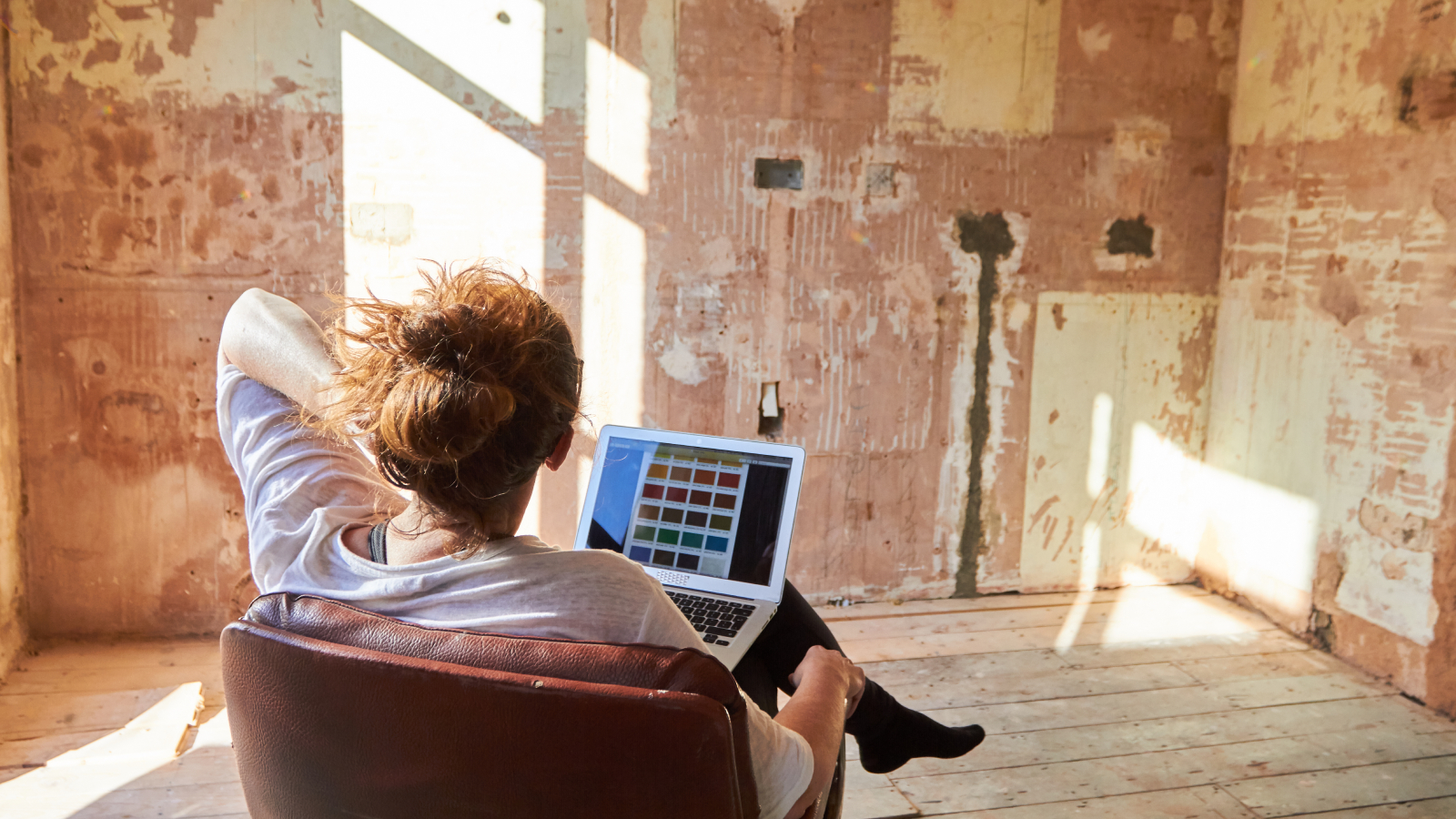Swimming pool mistakes to avoid for a perfect design in your garden
Discover what swimming pool mistakes to avoid and how to achieve a flawless finish
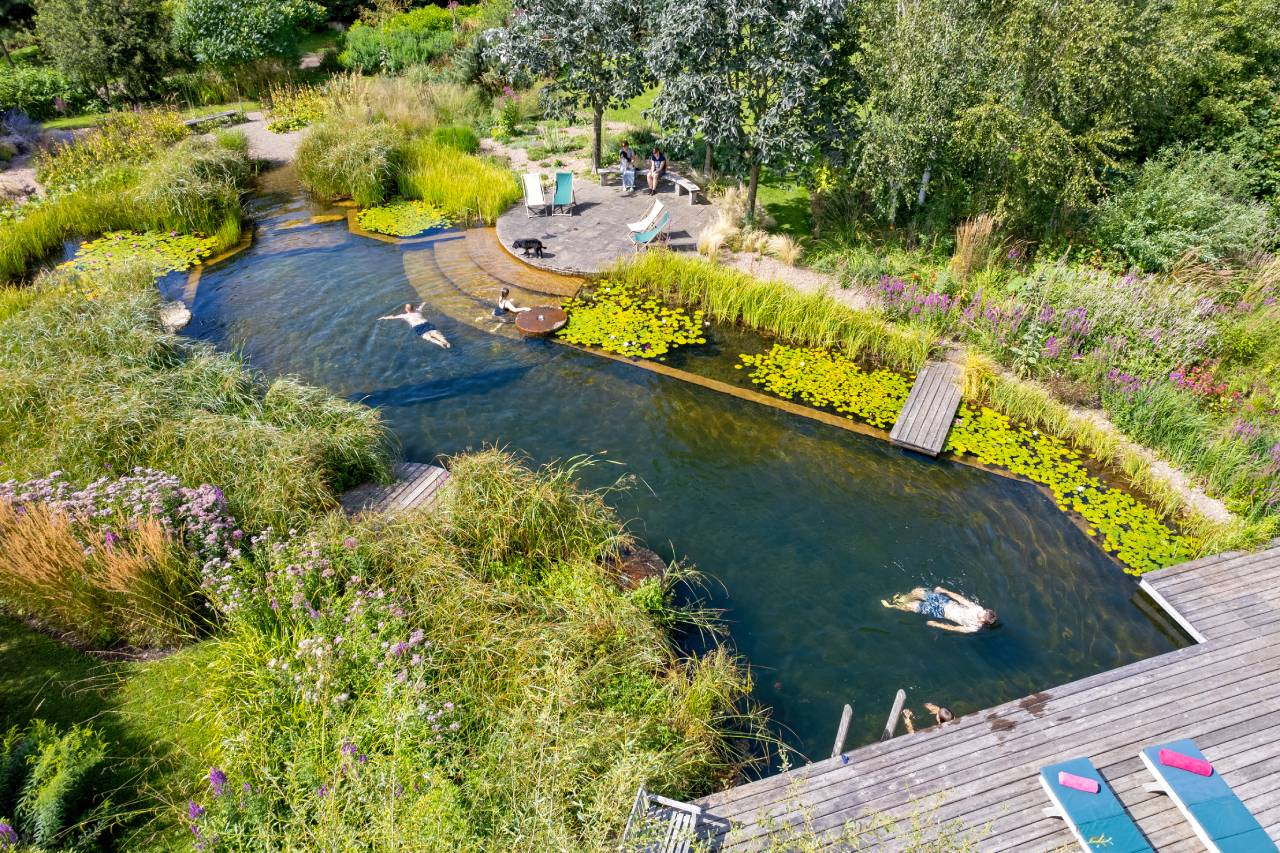
Building a swimming pool could well be a consideration when you're self-building, extending or simple relandscaping your garden. They're a marvellous addition that more and more homeowners are looking to add to their properties as the UK experiences more extreme weather in summer.
But first, find out what pitfalls you can avoid when designing and installing a swimming pool, with expert comments from pool designers and architects.
Building a swimming pool: Is it worth it?
Swimming pools to many in the UK are the ultimate sign of luxury and an embrace of the outdoors. Unlike the US or Australia where pools are commonly seen in their sunnier climes, the UK has generally been regarded as too grey and wet for them to be a realistic consideration that justifies the cost of installation.
However, with the recent boom in wild and outdoor swimming in our chilly waters, in addition to our balmier summers, many homeowners are looking to install swimming pools of all shapes and sizes.
"They’re a great choice if you’re health conscious - there’s no beating swimming in crystal clear, chemical free water," explains Sarah Mulch, director of Ellicar Gardens, "If you’re an all-season swimmer, as a lot of our clients are, you can tap into the proven health benefits of cold-water swimming too."
"With regards to planning permission for swimming pools you should always check with the local authority but in general, unless you are in an AONB, have a listed building and are building within the curtilage of the house behind the front elevation they do not require planning permission," says Alex Kemsley, technical director at Compass Pools.

Designer and director, Sarah Murch has over 15 years’ experience designing and building natural pools, 25 years’ experience designing gardens, and was recently named in Horticultural News’ top 100 UK Garden Designers list.
Choosing the wrong size and shape for a pool
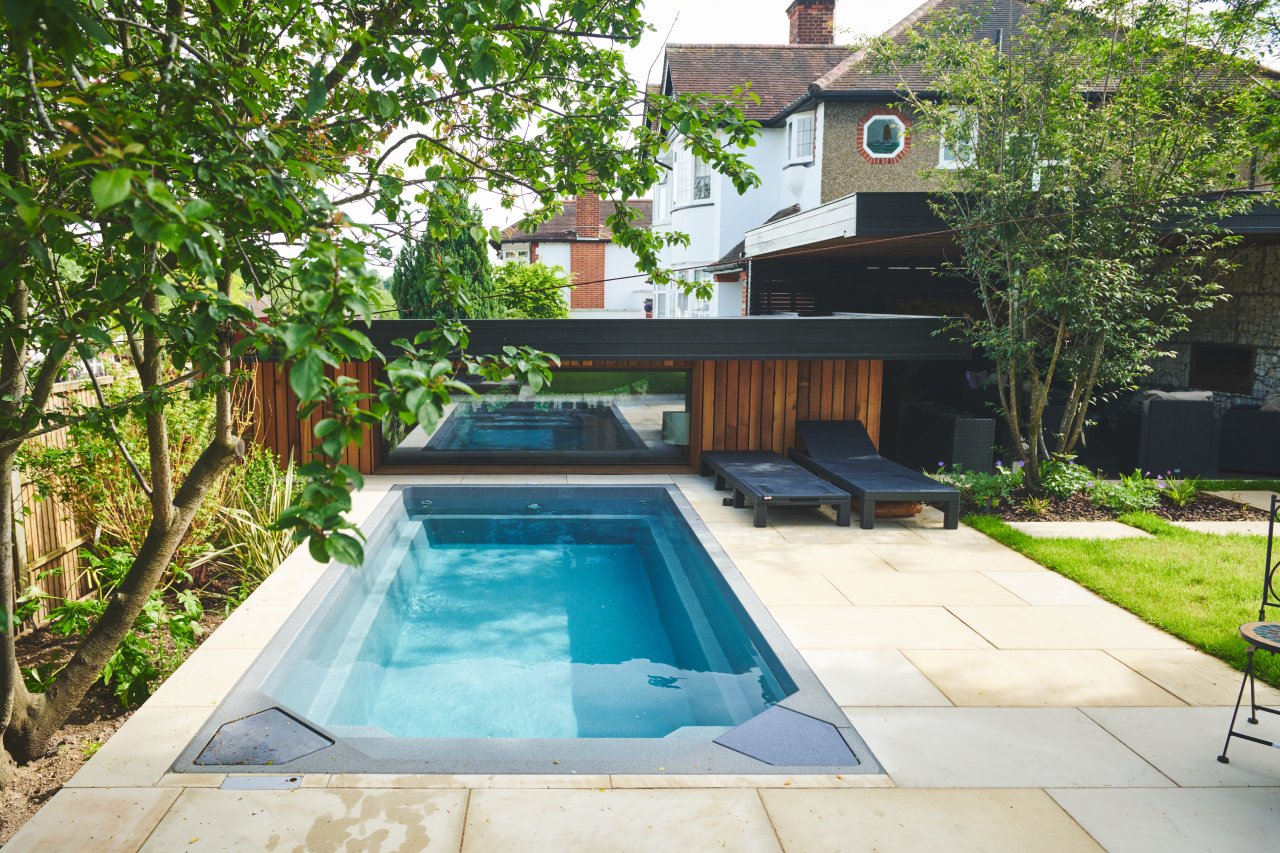
An appropriate ratio between landscaping, hardscaping and pool space is essential for a successful design.
Bring your dream home to life with expert advice, how to guides and design inspiration. Sign up for our newsletter and get two free tickets to a Homebuilding & Renovating Show near you.
Making the pool too big and sacrificing valuable patio space means that you won't be able to dine out or enjoy the sun comfortably without the pool being a focus. Too little greenery and garden and the space in it's entirety will look barren and unnatural.
Even the smallest pools can be worth the effort, and with exercise swimming pools, sometimes called endless pools (essentially a treadmill for swimming using a current) becoming more affordable.
Picking the wrong location for a pool

"It's important to locate a natural swimming pool to work with nature instead of against it! For instance, it is not advisable to place a pool too close to deciduous trees, as the leaf fall in autumn can cause huge issues if they clog the filter and burden the water with unwanted nutrients which causes an imbalance leading to algae," explains Sarah Mulch of Ellicar Gardens. "It's also key to locate the pool somewhere it will get plenty of sun so it warms up nicely! Another key location factor is to never place a natural pool at the bottom of a sloped site, or anywhere it is at risk of being contaminated with surface water runoff, as this can hugely impact the water balance."
"In terms of location, ideally close to the house so you have changing, toilets and a kitchen nearby unless you are going to invest in a full pool house with these in them as well," adds Alex Kemsley. "You should avoid under tree canopy and at least 2m from the boundary or any buildings from a structural aspect."

Alex founded Waterstream, who's brands include Compass Pools and EVi Pools, with Waterstream evolving into the largest pool installer in the UK. Alex's industry influence extends to serving on the ISPE council and the SPATEX board, reflecting a commitment to shaping the future of the sector.
Not anticipating more temperate weather
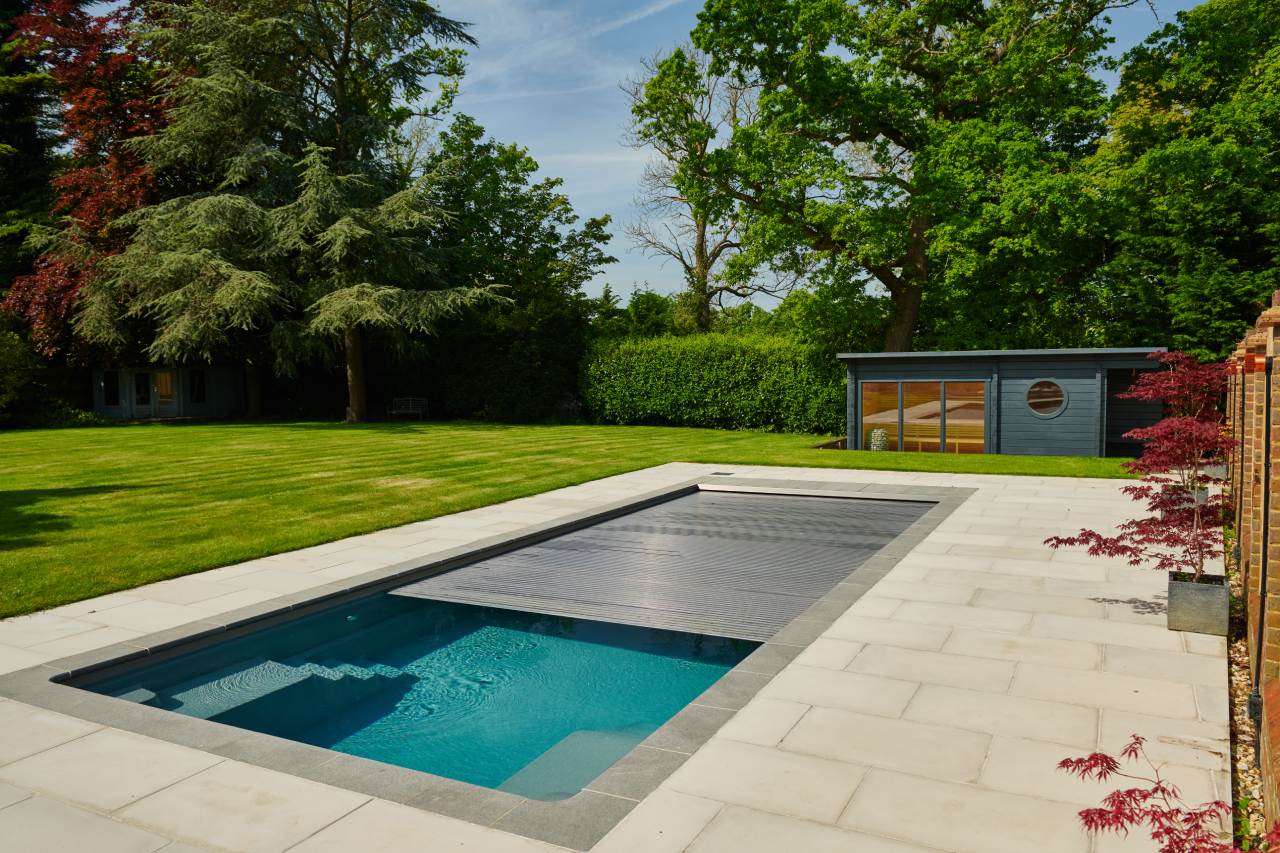
Although we tend to think of pools as being used predominantly in the summer, heating a swimming pool provides the opportunity for year round enjoyment. This can be a sticking point for many looking at installing a pool, and one that many homeowners regret not including after the build is complete.
Outdoor heated pools can be powered using heat pumps for swimming pools or other low-carbon methods, making them a serious consideration in today's climate, but carefully think about how and when you will use the pool and if these added expenses are worth the extra costs.
Underestimating swimming pool maintenance costs
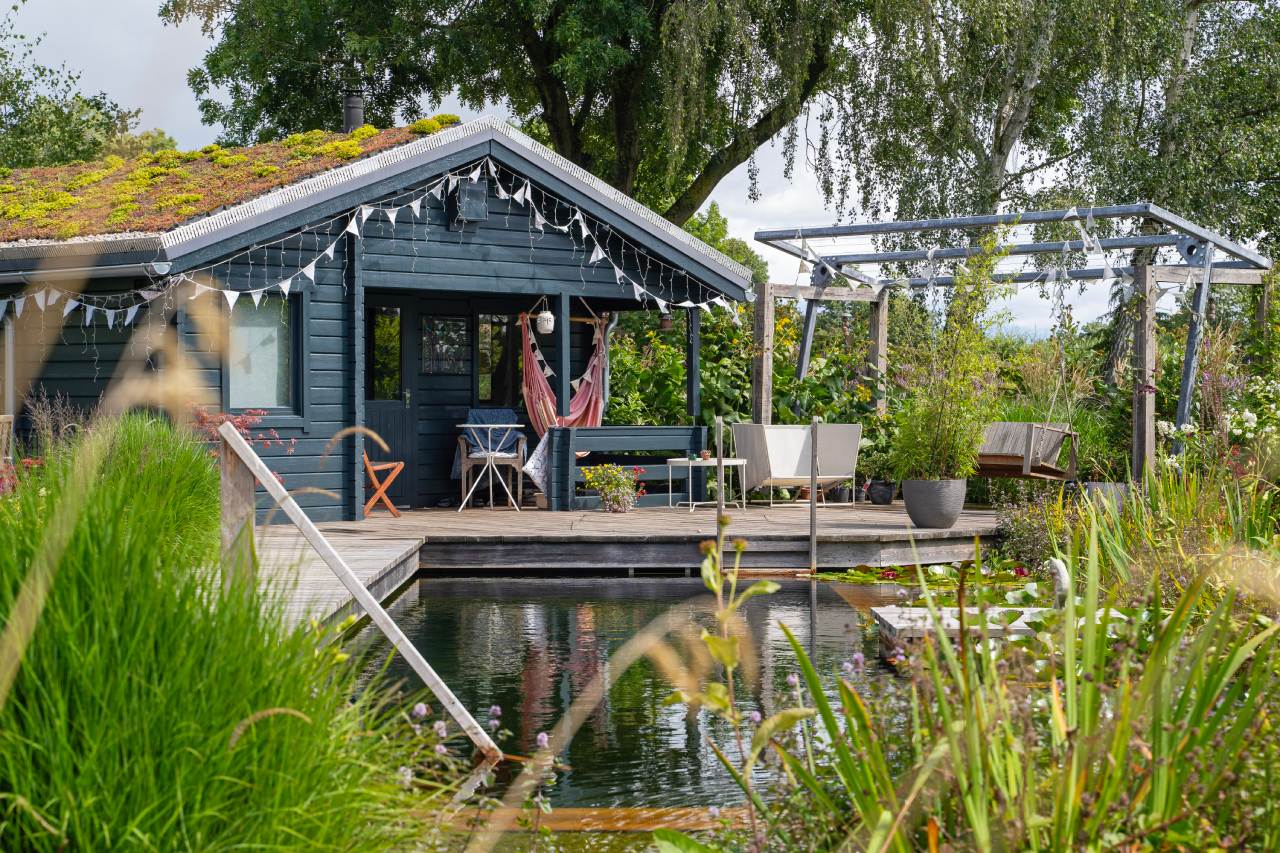
Heated or not, natural or chemical, people are often caught out by the day-to-day and year-on-year maintenance requirements and costs for the different swimming pool types.
"Running costs vary hugely by pool type, size, usage etc. On an average family pool with the eco options ticked would be somewhere between £5 and £15 per day heated to 28 degrees May to September," adds Alex Kemsley.
Forgetting the extra wow-factors for a well-designed pool

Our final common swimming pool mistake is forgetting to include the extras that take a pool from functional to worth every penny spent. Different swimming pool ideas will be applicable depending on your lifestyle and who will be using the pool, but these added details make the final result extra special.
Potential additions could be lighting for a night-time dip, a jacuzzi section for relaxation after exercise, or a fun swim-up bar. Just as with any homebuilding project, you must make it your and suited to how you like to live and what you consider special.
Amy is an interiors and renovation journalist. She is the former Assistant Editor of Homebuilding & Renovating, where she worked between 2018 and 2023. She has also been an editor for Independent Advisor, where she looked after homes content, including topics such as solar panels.
She has an interest in sustainable building methods and always has her eye on the latest design ideas. Amy has also interviewed countless self builders, renovators and extenders about their experiences.
She has renovated a mid-century home, together with her partner, on a DIY basis, undertaking tasks from fitting a kitchen to laying flooring. She is currently embarking on an energy-efficient overhaul of a 1800s cottage in Somerset.

